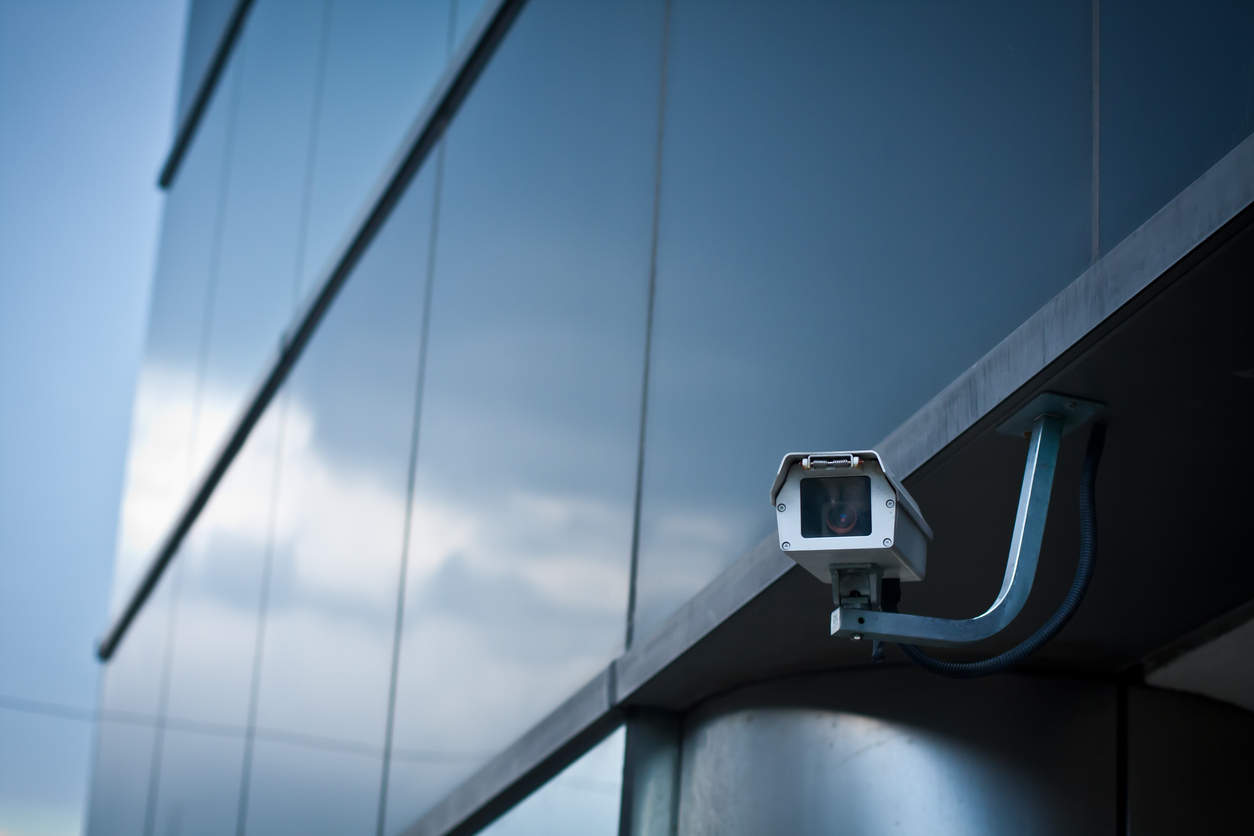
Security cameras have become a crucial tool for maintaining the safety of our homes and companies in today’s environment. However, finding a dependable and affordable security system can be difficult. This article will walk you through the process of choosing the greatest value-for-money camera system, allowing you to make an informed choice. We’ll go over several variables to think about, such as camera kinds, features, wired vs. wireless alternatives, storage and monitoring, installation, and continuing maintenance. You can effectively mix price with quality and performance by following this buyers guide.
Assessing Your Security Needs
Before delving into the world of security cameras, you must first assess your individual security needs. Begin by determining the size of your property and the regions that need to be monitored. Consider the number of entrance points, the size of the area to be covered, and if you require inside or outdoor cameras. A comprehensive grasp of your security requirements can assist you in selecting the most cost-effective camera system for your property.
Understanding Camera Types and Features
Security cameras are classified into several varieties, each with its own set of features and benefits. Dome cameras, bullet cameras, and pan-tilt-zoom (PTZ) cameras are the most prevalent varieties. Dome cameras are great for interior usage because of their unobtrusive form, whereas bullet cameras are better suited for outdoor use since they present a visible deterrent. With the ability to remotely pan, tilt, and zoom, PTZ cameras provide additional flexibility.
Consider resolution, night vision, and motion detection capabilities when comparing camera characteristics. Higher-resolution cameras produce sharper photos, but they require more storage capacity and may be more expensive. Night vision is critical for monitoring your property in low-light circumstances, and motion detection can assist save storage space by recording just when activity is detected. You can choose the most cost-effective camera system for your needs by studying the many features offered.
Wired vs. Wireless Security Cameras
The decision between wired and wireless security cameras is influenced by considerations such as installation difficulty, dependability, and potential interference. Wired systems are more reliable and less vulnerable to interference, but they may necessitate expert installation due to the necessity to run cables. Wireless cameras, on the other hand, are simpler to install and provide greater flexibility in camera placement. They are, however, susceptible to interference from other devices and may necessitate more regular battery replacements. Weigh the benefits and drawbacks of each choice to determine which one is best for your budget and home.
Storage and Monitoring Options
Local storage (e.g., SD cards or hard drives) and cloud storage are two choices for storing security camera footage. Local storage is less expensive, but it involves manual maintenance of film and is vulnerable to theft or damage. Cloud storage allows for remote access and automatic backups, although it may need a monthly cost. To determine the most cost-effective solution for your needs, weigh the costs and benefits of each storage option.
You can pick between self-monitored and professionally monitored systems in terms of monitoring. Self-monitored systems allow you to monitor your property using a smartphone app or a computer, whereas professionally monitored systems require a monthly subscription fee and provide 24-hour monitoring by a security company. Determine which option best meets your needs and fits your budget.
DIY vs. Professional Installation
When it comes to installation, you have two options: do-it-yourself (DIY) or engage a professional. Although DIY installation can save you money, it may necessitate some technical knowledge as well as time investment. Professional installation, on the other hand, guarantees that your system is appropriately configured and can save you time and effort. When making this decision, consider your skill set, time availability, and budget. Remember to include installation expenses in your overall budget for the security camera system.
Ongoing Maintenance and Upgrades
After you’ve installed your security camera system, you should think about the long-term costs of system maintenance and potential upgrades. Cleaning camera lenses, updating software, and replacing batteries or damaged components regularly can help keep your system running well. While some maintenance tasks can be completed by yourself, others may necessitate professional assistance, so keep these costs in mind as well.
You may want to upgrade or expand your camera system as technology progresses. Prepare for these costs by putting money aside and researching new features that become available. Always weigh the need for cutting-edge technology against the affordability and dependability of your current system.
Conclusion
To summarize, achieving the ideal balance between price and security might be difficult, but it is doable with proper planning and research. You can make an informed selection and invest in the best security camera system for your money by evaluating elements such as camera kinds, features, wired vs. wireless alternatives, storage and monitoring, installation, and ongoing maintenance. Follow the advice in this buyer’s guide to guarantee you choose a system that satisfies your security demands while staying within your budget.






